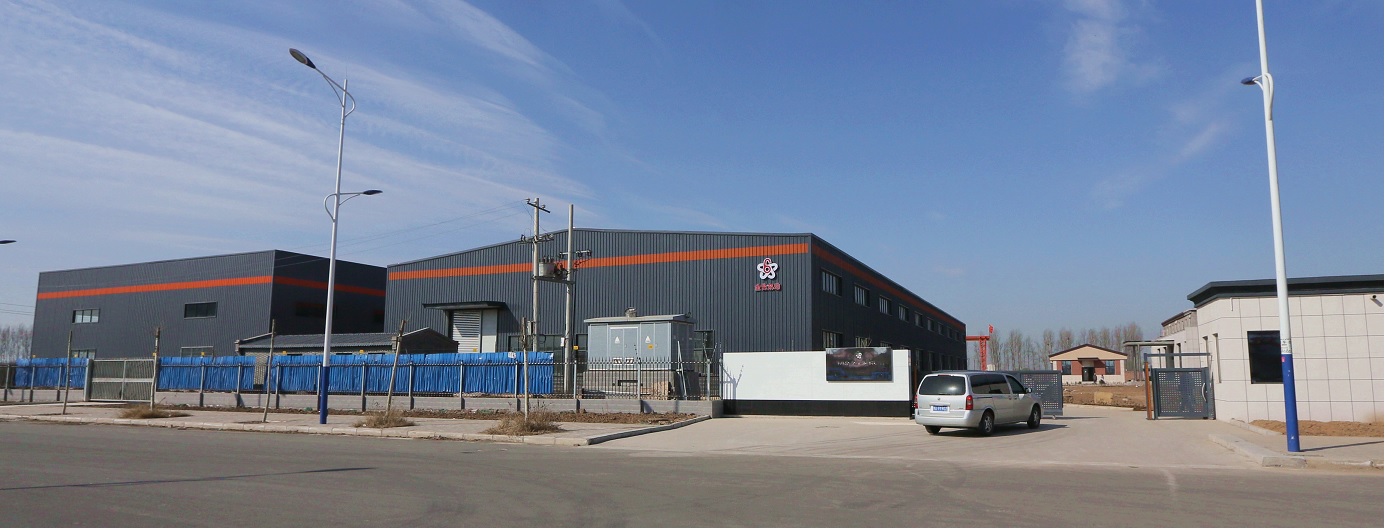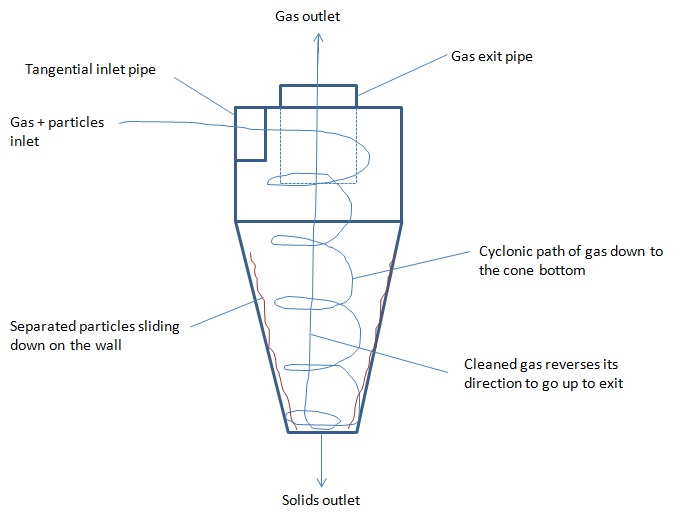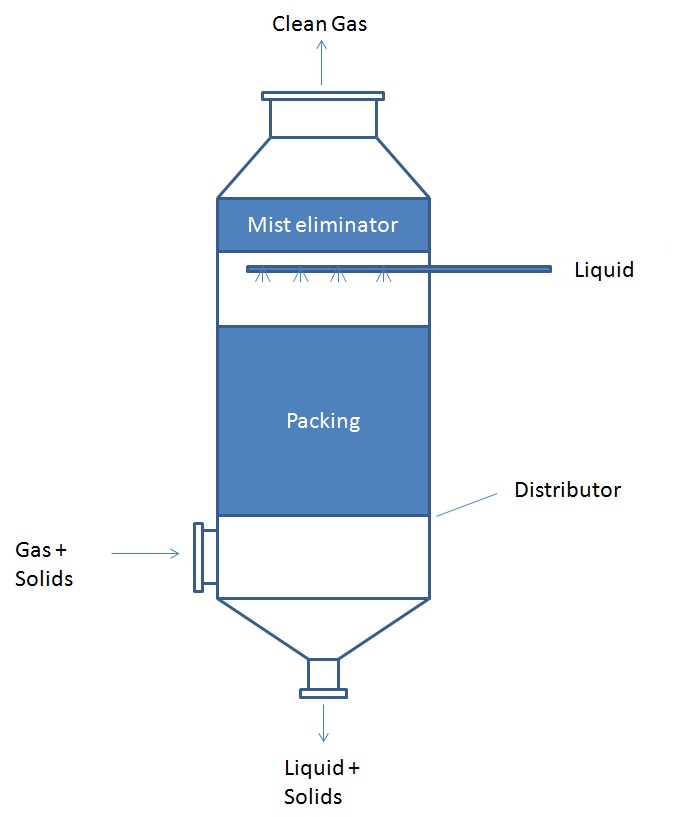
Technical consultation:
sales@drymixer.com
- 1. High Uniformity
- 2. Short mixing time,High Efficiency
- 3. 80% loading rate
- 4. Time saving,Energy saving,Space saving,Money saving.
- 5 Small damage to the original appearance of powders.
- 6. Solve the problem of ultra-fine powder mixing.
- 7. Solve the problem of light-heavy powder mixing.
- 8. Effectively solve the problem of uniform mixing diffuculty of trace elements

- 1. The important factor influenci
- 2. Particle size - an important
- 3. Powder fluidity is a double-edged sword
- 4. Pretreatment of powder mixture
- 5. Powder mixing principle introduce
- 6. Traditional powder mixers' adv
- 7. Selection of blending equipment
- 8. The basis of the uniform blending of powder
- 9. How to find the cause of mixing bad uniformity
- 10. Super light powder mixing precautions
- 11. Super fine powder mixing precautions
- 12. How to mix bad liquidity powder?
- 13. How to mix trace elements
- 14. A solution for powder's good
- 15. How does the dummy particles

Powder and Gas separation Introduce(cyclone - filtration)

Cyclones are very simple equipment based on an inertial separation principle. Gas and particles enter in the cyclone (usually constituted of a cylindrical body, a conical outlet for solids and a top axial pipe outlet for gas) tangentially.
A vortex is created due to the centrifugal force that applies and the gas circles down to the conical bottom. Particles with a too large diameter are then pushed against the wall and separated from the gas. In the conical part, the gas flow reverses its direction to go up via the central part of the cyclone, and exits on the top by the gas outlet pipe. The solids are travelling down the wall and are collected at the bottom of the conical part.
It should be noted that the gas, when reversing its direction, can pick-up again some solids (re-entrainment) which would reduce the separation efficiency. In order to avoid such phenomena, the design of the cyclone and its operation (make sure there is never solids accumulated in the cone) are of prime importance.

Picture 1 : Cyclone design and principle of separation
1 Powder Scrubbers (wet separators)
Scrubbers are very efficient Solid - Gas separators which are working on the principle of contacting the particles with a liquid (mostly water). Where cyclones are often limited to particle sizes > 1 micron, scrubbers can separate particles well below 1 micron. Their efficiency is mainly due to the fact that they are combining different interception mechanisms
- Intertial (particles hit the wetted internal - packing sometimes - of the scrubber)
- Interception (particles are collected by the water droplets or wetted surfaces if they pass close enough)
- Diffusion (for very small particles < 0.3 micron
In some cases, those mechanisms are reinforced by others due to the presence of humidity (with condensation on a particle for example, or agglomeration of particles).

Picture 1 : Scrubber design and principle of separation
Scrubbers present however a very big disadvantage : they generate large amount of slurries which then needs to be further treated. Nowadays, considering the environmental requirement, the use of scrubbers must be reserved to applications where an easy use of the effluents is possible or where other separator techniques can definitively not be used.
2 Equipment Filters
Gas and Solid can also be separated on a solid media called filter. There are different mechanism playing in the separatino of gas and solids, and the physics is actually changing when the filter is new or has been used for some time.
For a new filter, the particles will be able to penetrate deep in the filter structure and be collected (or not, filters, as other techniques of separation, have a certain efficiency) by inertia and diffusion.
During use, particles will accumulate in and on the surface of the filter, and will finally form a cake. Subsequent filtration is therefore the effect of the filtration inside the filter but also through the cake that has been formed. The more the quantity of particles, the more the pressure drop will be high. It will then be necessary to replace or clean the filter.
Cleaning is sometimes performed automatically by applying a reverse flow of gas. It is particularly useful in bag filters located at the reception of pneumatic conveying lines. For pneumatic conveying lines, the high loads of solids and the process purpose make filtration the only choice for collecting the product ; it is sometimes combined with a cyclone in order to avoid to saturate the filter too quickly.
A key sizing parameter for filters is the filtration velocity (also called gas to cloth ratio). It is usually pretty low around 1 - 5 cm/s depending on the technology ; with some exceptions like the pre-filters of HVAC that can go up to 1.5 m/s.







 DIASRIOUTION NETWORK
DIASRIOUTION NETWORK